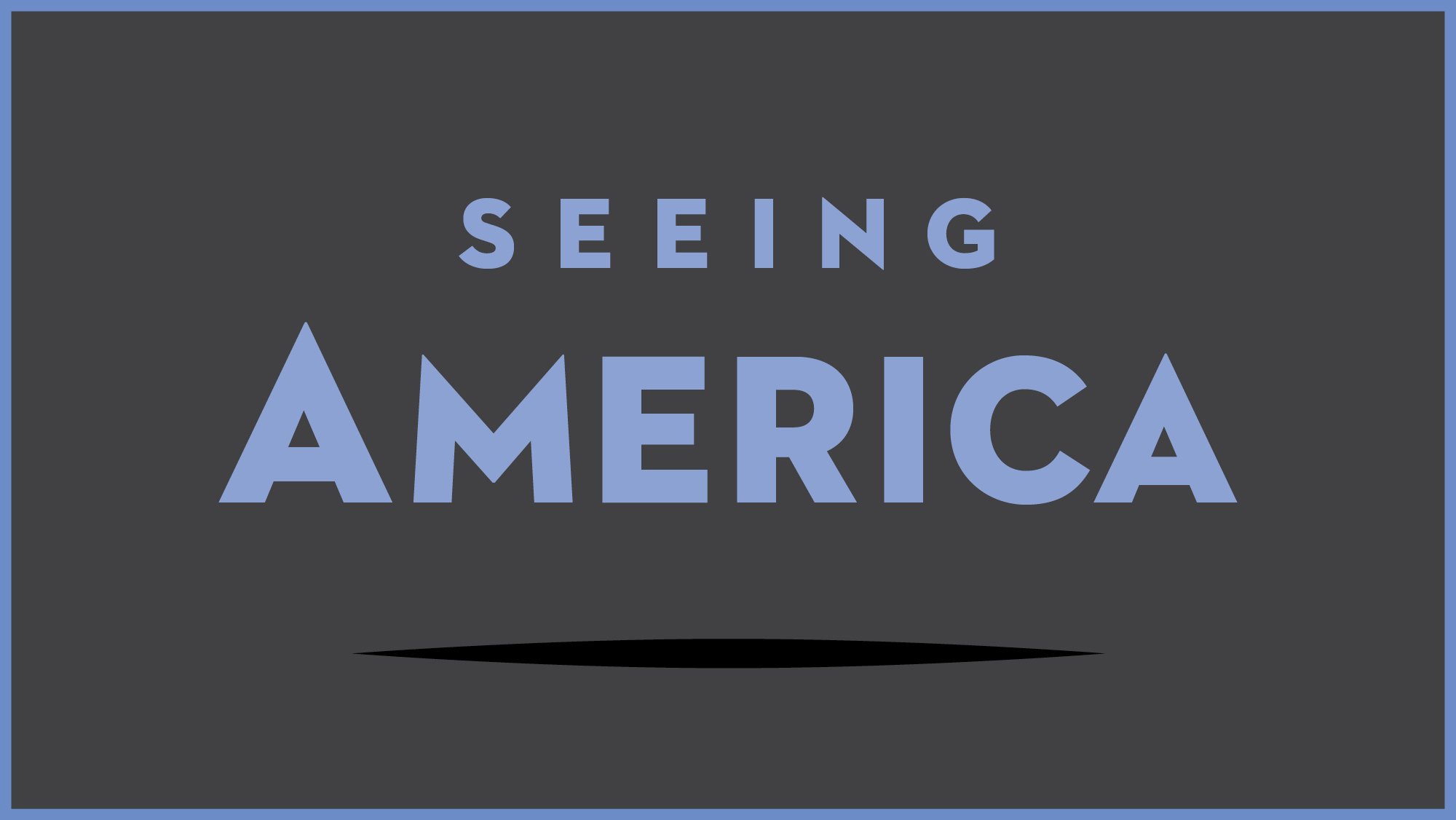Test your knowledge with a quiz
Moran, Grand Canyon of Yellowstone
Key points
- In the 19th century, Americans living in the eastern United States had little access to the western territories. When Ferdinand Hayden led the first geological survey of Yellowstone in 1871, he brought along a photographer, William Henry Jackson, and a painter, Thomas Moran, to document the area. Their images helped influence Congress to make Yellowstone the first National Park and this painting was purchased to celebrate that legislation.
- After the Transcontinental Railroad was completed in 1869, railroad companies sought to expand throughout the west and encouraged travelers to visit the region. Moran’s images of Yellowstone helped transform the area known as “Colter’s Hell” to a tourist destination considered a “wonderland.” Although Grand Canyon of the Yellowstone is actually a composite of different locations, the precise geological and biological details make this painting feel authentic.
- Part of the myth of the American West was that these were untouched lands, erasing the local Native Americans who often assisted explorers, as we see in this painting. Around Yellowstone, these tribes were forced onto reservations when gold was discovered in the region two years later, contributing to the larger Plains Indian wars that had intensified after the Civil War.
- Moran painted another version of Grand Canyon of the Yellowstone for the World’s Columbian Exposition in 1893, where Frederick Jackson Turner argued his “frontier thesis.” He characterized American expansion as a civilizing force across the continent.
Go deeper
See this painting at the Smithsonian American Art Museum
Read about the establishment of Yellowstone as a national park and explore primary source documents
Read a history of the Plains Indian Wars from 1865-1890
Explore Thomas Moran’s Yellowstone diary at the National Park Service
Read one of the articles from Scribner’s Monthly that inspired Moran to travel west
View a selection of William Henry Jackson’s photographs of Yosemite at the Library of Congress
Explore a 1913 guide to Yellowstone, published by the Northern Pacific Railway
Read more about Frederick Jackson Turner’s “frontier thesis”
More to think about
Thomas Moran’s paintings of Yellowstone were very popular with the viewing public and part of a successful tourism campaign. Today, professional and amateur photographs document and share images of iconic locations. Find an example from a familiar landmark or site and look at how it is framed, composed, or filtered. Does this modern image share any similarities with how Moran portrayed Yellowstone?
During the 1871 expedition, William Henry Jackson and Thomas Moran worked side-by-side and frequently collaborated. Compare some of the photographs taken by Jackson with Moran’s paintings. Why do you think Ferdinand Hayden brought both a photographer and a painter on his survey of Yellowstone?



